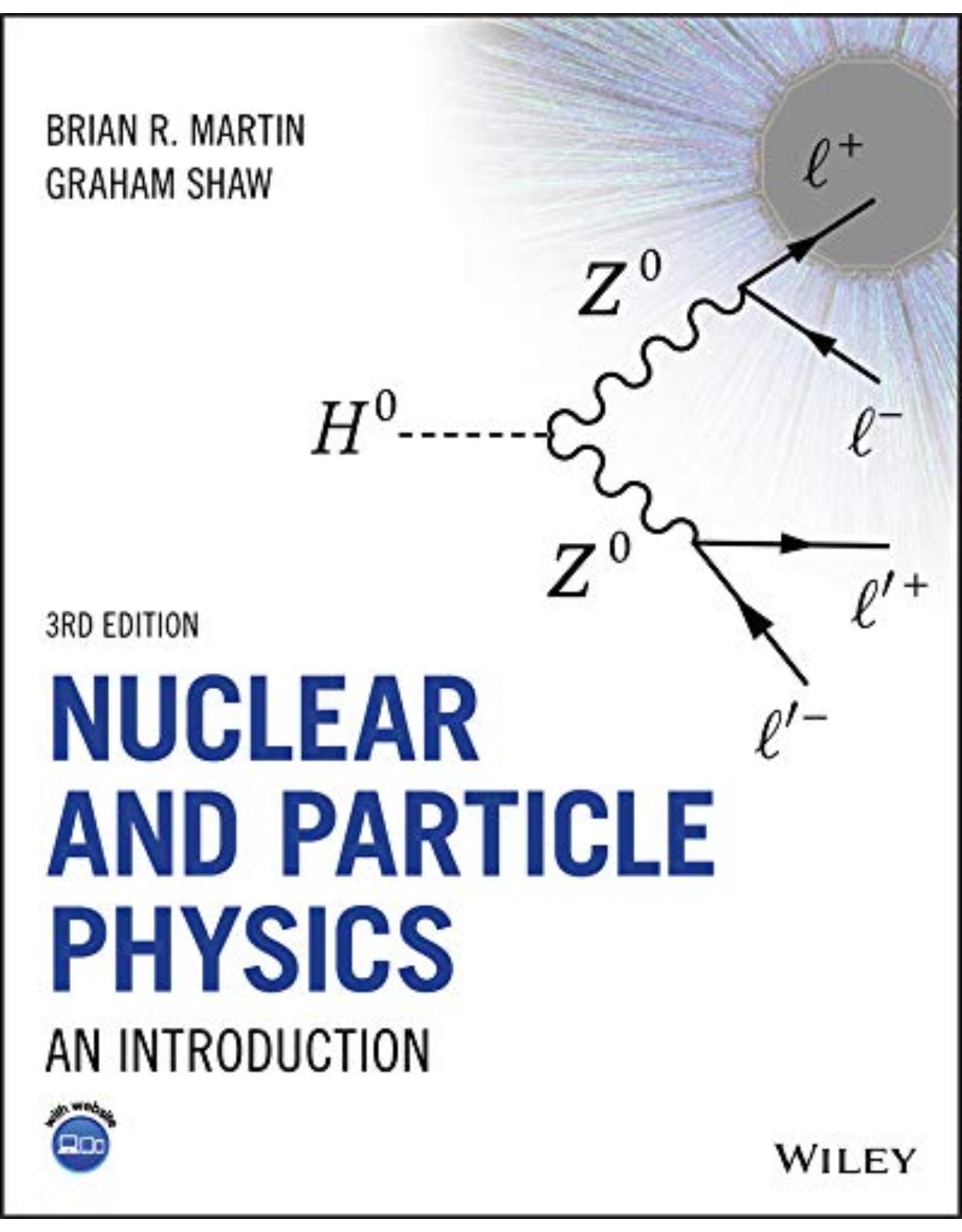
Nuclear and Particle Physics: An Introduction, 3rd Edition
Livrare gratis la comenzi peste 500 RON. Pentru celelalte comenzi livrarea este 20 RON.
Disponibilitate: La comanda in aproximativ 4 saptamani
Autor: Brian R. Martin, Graham Shaw
Editura: Wiley
Limba: Engleza
Nr. pagini: 520
Coperta: Softcover
Dimensiuni: 20.07 x 2.29 x 25.15 cm
An aparitie: 2019
Description:
Updated and expanded edition of this well-known Physics textbook provides an excellent Undergraduate introduction to the field
This new edition of Nuclear and Particle Physics continues the standards established by its predecessors, offering a comprehensive and highly readable overview of both the theoretical and experimental areas of these fields. The updated and expanded text covers a very wide range of topics in particle and nuclear physics, with an emphasis on the phenomenological approach to understanding experimental data. It is one of the few publications currently available that gives equal treatment to both fields, while remaining accessible to undergraduates.
Early chapters cover basic concepts of nuclear and particle physics, before describing their respective phenomenologies and experimental methods. Later chapters interpret data through models and theories, such as the standard model of particle physics, and the liquid drop and shell models of nuclear physics, and also discuss many applications of both fields. The concluding two chapters deal with practical applications and outstanding issues, including extensions to the standard model, implications for particle astrophysics, improvements in medical imaging, and prospects for power production. There are a number of useful appendices. Other notable features include:
New or expanded coverage of developments in relevant fields, such as the discovery of the Higgs boson, recent results in neutrino physics, research to test theories beyond the standard model (such as supersymmetry), and important technical advances, such as Penning traps used for high-precision measurements of nuclear masses.
Practice problems at the end of chapters (excluding the last chapter) with solutions to selected problems provided in an appendix, as well as an extensive list of references for further reading.
Companion website with solutions (odd-numbered problems for students, all problems for instructors), PowerPoint lecture slides, and other resources.
As with previous editions, the balanced coverage and additional resources provided, makes Nuclear and Particle Physics an excellent foundation for advanced undergraduate courses, or a valuable general reference text for early graduate studies.
Table of contents:
1 Basic concepts
1.1 History
1.2 Relativity and antiparticles
1.3 Space-time symmetries and conservation laws
1.4 Interactions and Feynman diagrams
1.5 Particle exchange: forces and potentials
1.6 Observable quantities: cross-sections and decay rates
1.7 Units
Problems 1
Notes
2 Nuclear phenomenology
2.1 Mass spectroscopy
2.2 Nuclear shapes and sizes
2.3 Semi-empirical mass formula: the liquid drop model
2.4 Nuclear instability
2.5 Decay chains
2.6 β decay phenomenology
2.7 Fission
2.8 γ decays
2.9 Nuclear reactions
Problems 2
Notes
3 Particle phenomenology
3.1 Leptons
3.2 Quarks
3.3 Hadrons
Problems 3
Notes
4 Experimental methods
4.1 Overview
4.2 Accelerators and beams
4.3 Particle interactions with matter
4.4 Particle detectors
4.5 Detector Systems
Problems 4
Notes
5 Quark dynamics: the strong interaction
5.1 Colour
5.2 Quantum chromodynamics (QCD)
5.3 New forms of matter
5.4 Jets and gluons
5.5 Deep inelastic scattering and nucleon structure
5.6 Other processes
5.7 Current and constituent quarks
Problems 5
Notes
6 Weak interactions and electroweak unification
6.1 Charged and neutral currents
6.2 Charged current reactions
6.3 The third generation
6.4 Neutral currents and the unified theory
6.5 Gauge invariance and the Higgs boson
Problems 6
Notes
7 Symmetry breaking in the weak interaction
7.1 P violation, C violation, and CP conservation
7.2 Spin structure of the weak interactions
7.3 Neutral kaons: particle–antiparticle mixing and CP violation
7.4 CP violation and flavour oscillations in B decays
7.5 CP violation in the standard model
Problems 7
Notes
8 Models and theories of nuclear physics
8.1 The nucleon–nucleon potential
8.2 Fermi gas model
8.3 Shell model
8.4 Nonspherical nuclei
8.5 Summary of nuclear structure models
8.6 α decay
8.7 β decay
8.8 γ decay
Problems 8
Notes
9 Applications of nuclear and particle physics
9.1 Fission
9.2 Fusion
9.3 Nuclear weapons
9.4 Biomedical applications
9.5 Further applications
Problems 9
Notes
10 Some outstanding questions and future prospects
10.1 Overview
10.2 Hadrons and nuclei
10.3 Unification schemes
10.4 The nature of the neutrino
10.5 Particle astrophysics
Notes
A Some results in quantum mechanics
A.1 Barrier penetration
A.2 Density of states
A.3 Perturbation theory and the Second Golden Rule
A.4 Isospin formalism
Problems A
Notes
B Relativistic kinematics
B.1 Lorentz transformations and four-vectors
B.2 Frames of reference
B.3 Invariants
Problems B
Notes
C Rutherford scattering
C.1 Classical physics
C.2 Quantum mechanics
Problems C
Note
D Gauge theories
D.1 Gauge invariance and the standard model
D.2 Particle masses and the Higgs field
Problems D
Notes
E Short answers to selected problems
Problems 1
Problems 2
Problems 3
Problems 4
Problems 5
Problems 6
Problems 7
Problems 8
Problems 9
Problems A
Problems B
Problems C
References
Index
End User License Agreement
| An aparitie | 2019 |
| Autor | Brian R. Martin, Graham Shaw |
| Dimensiuni | 20.07 x 2.29 x 25.15 cm |
| Editura | Wiley |
| Format | Softcover |
| ISBN | 9781119344612 |
| Limba | Engleza |
| Nr pag | 520 |


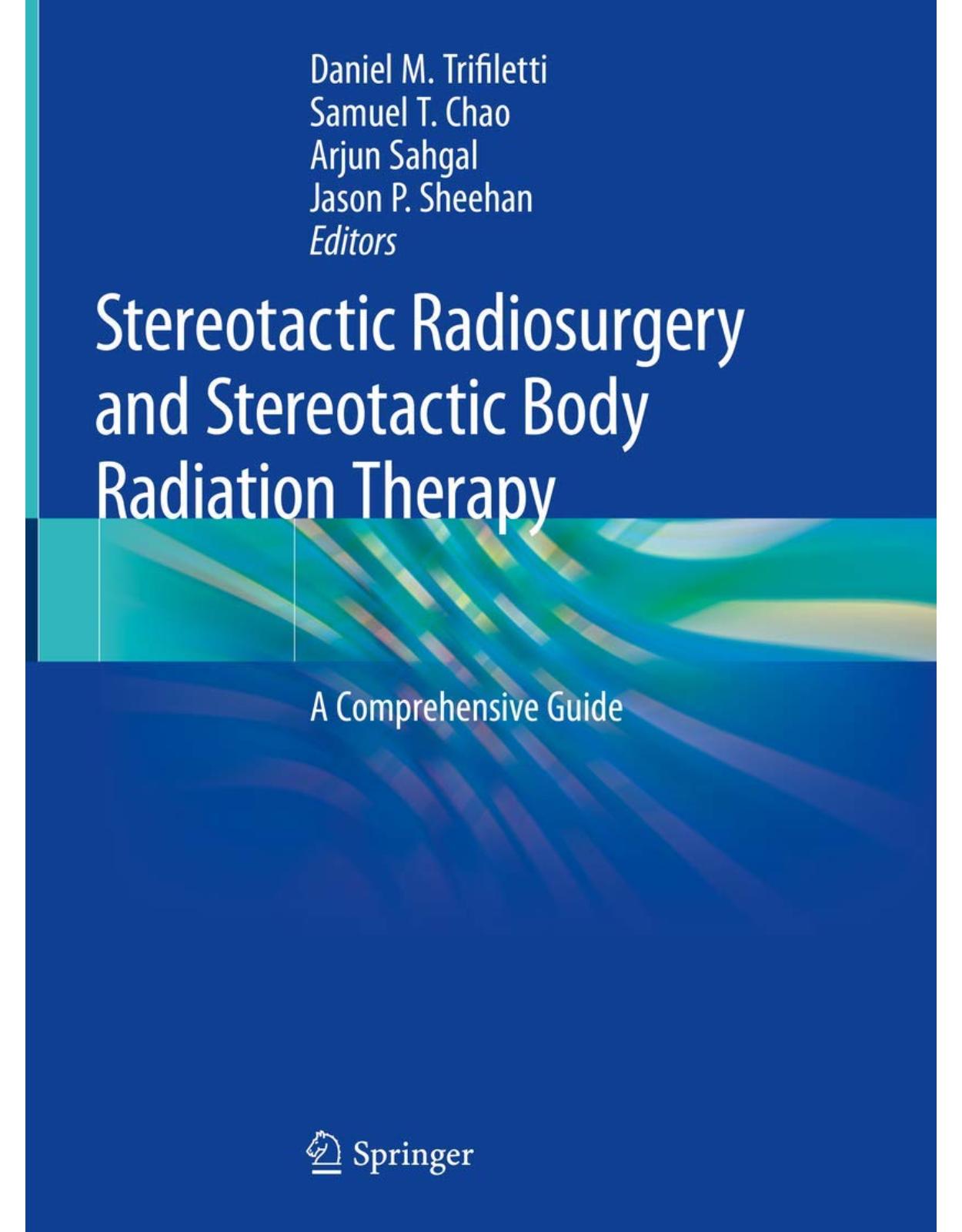


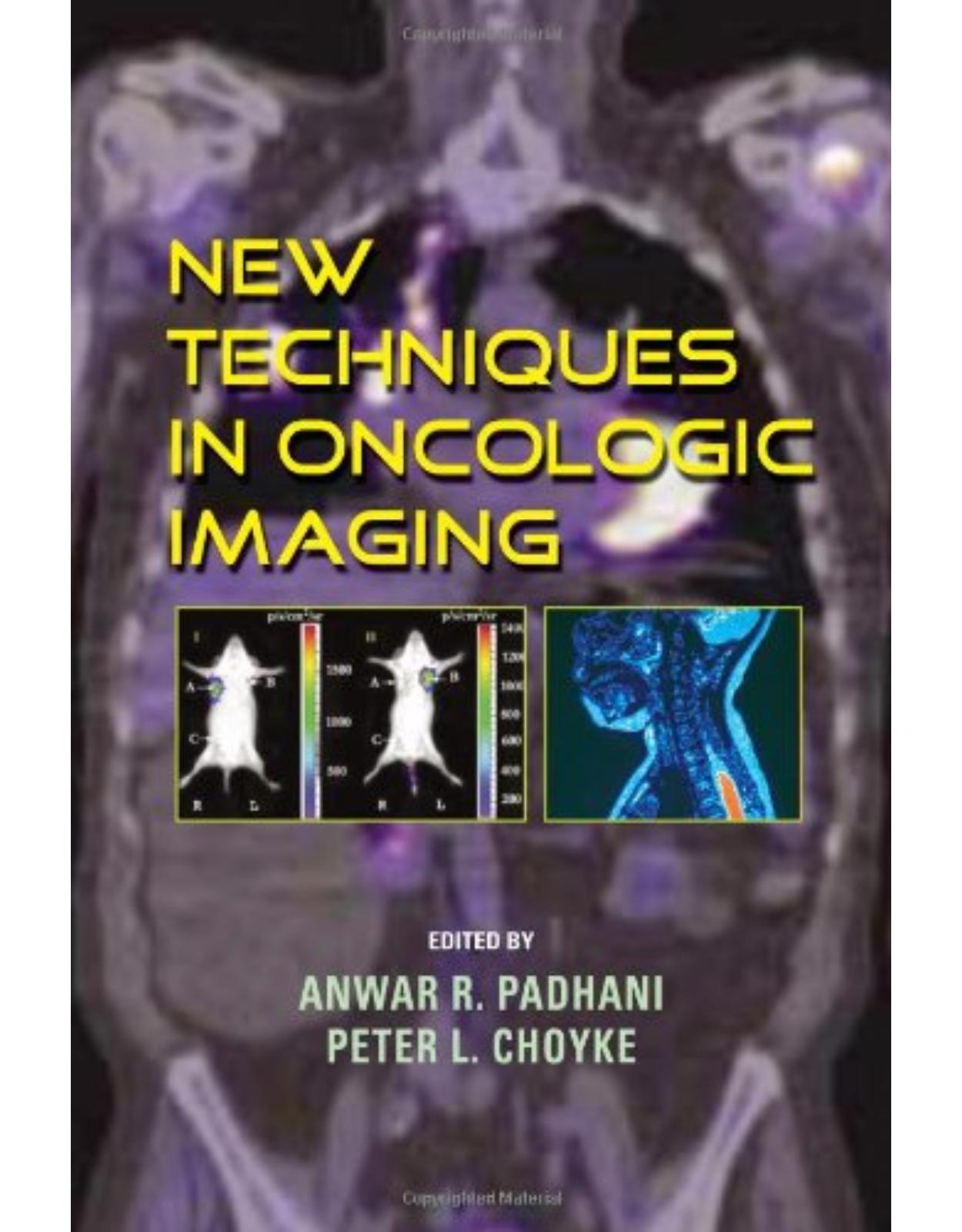

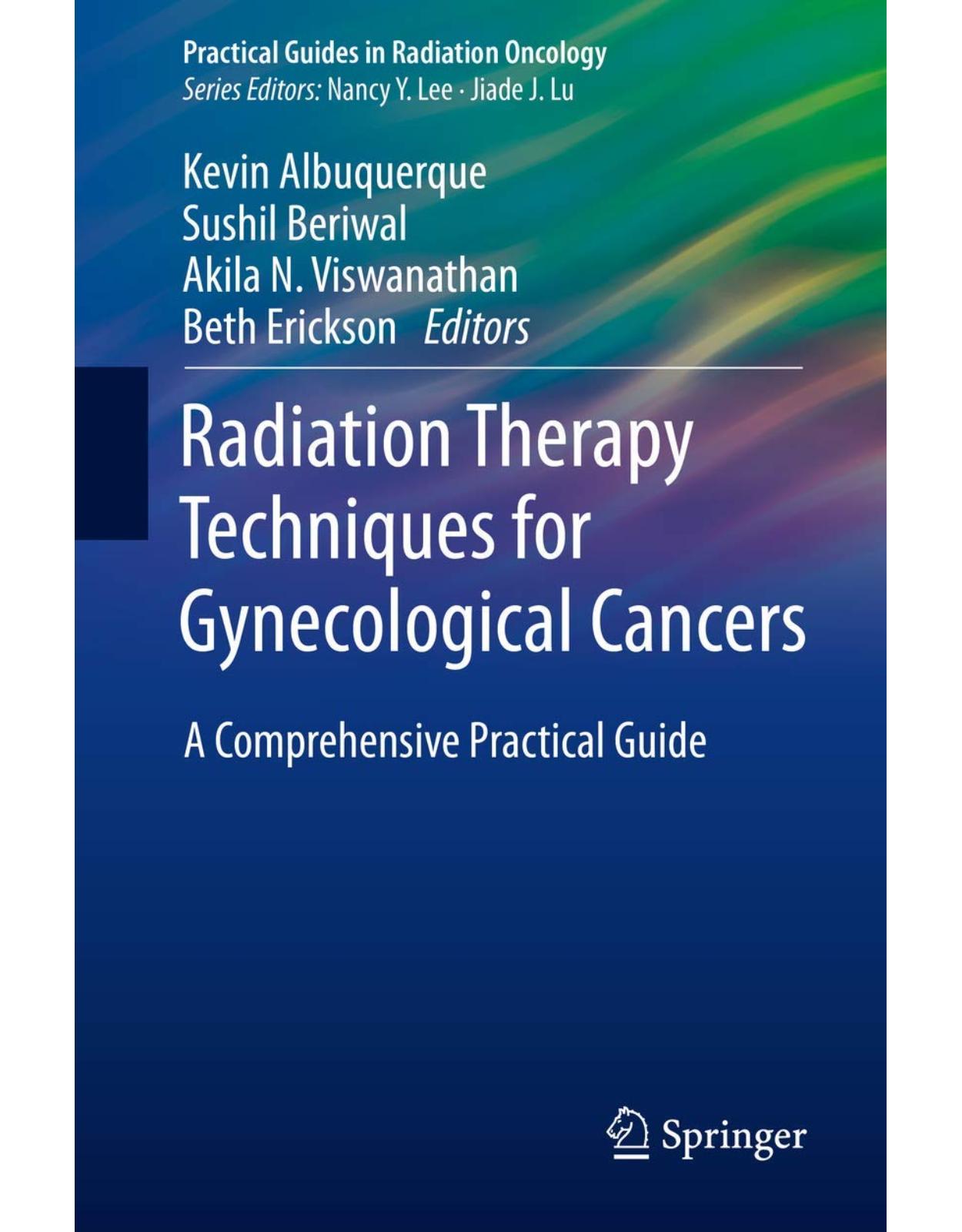

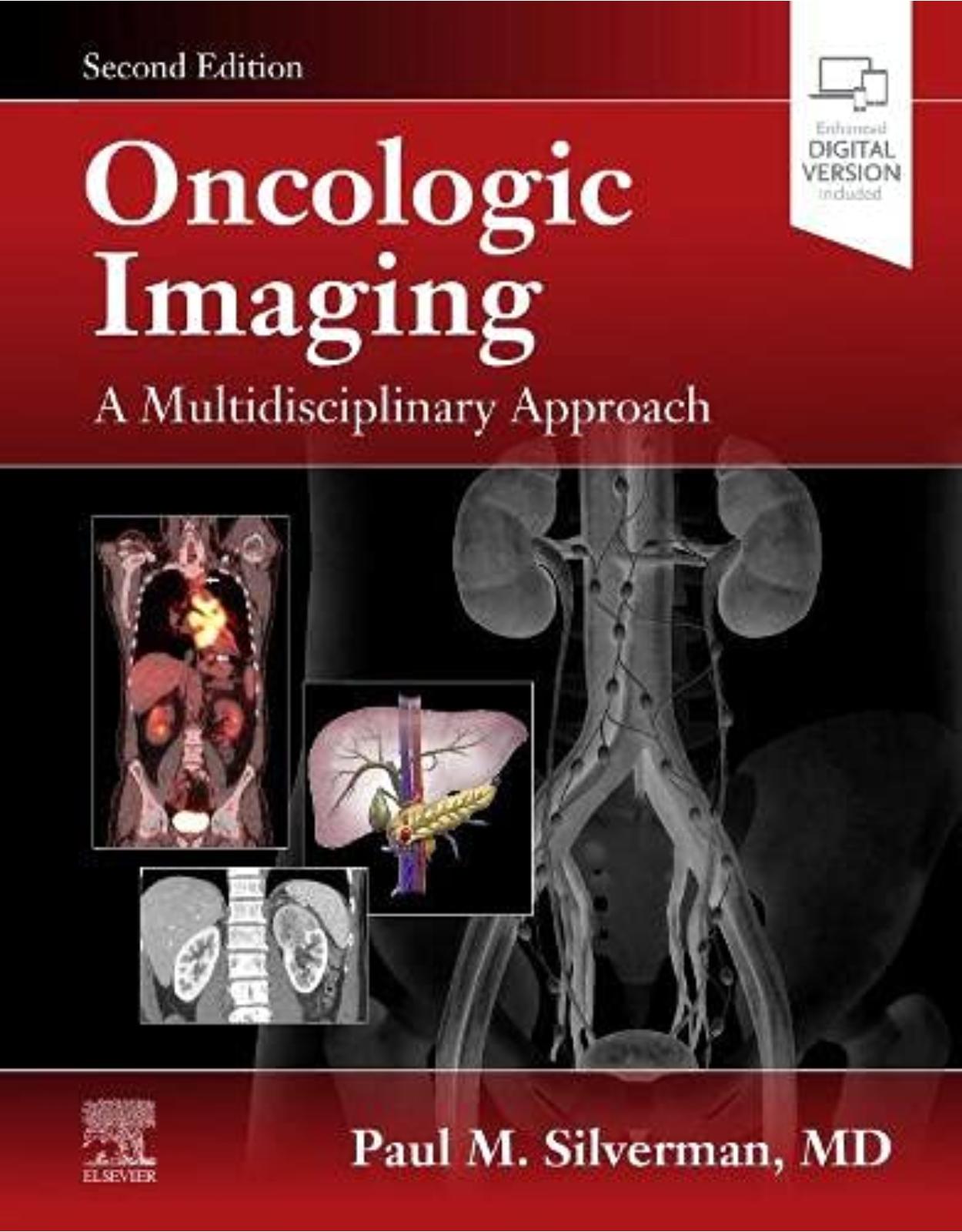

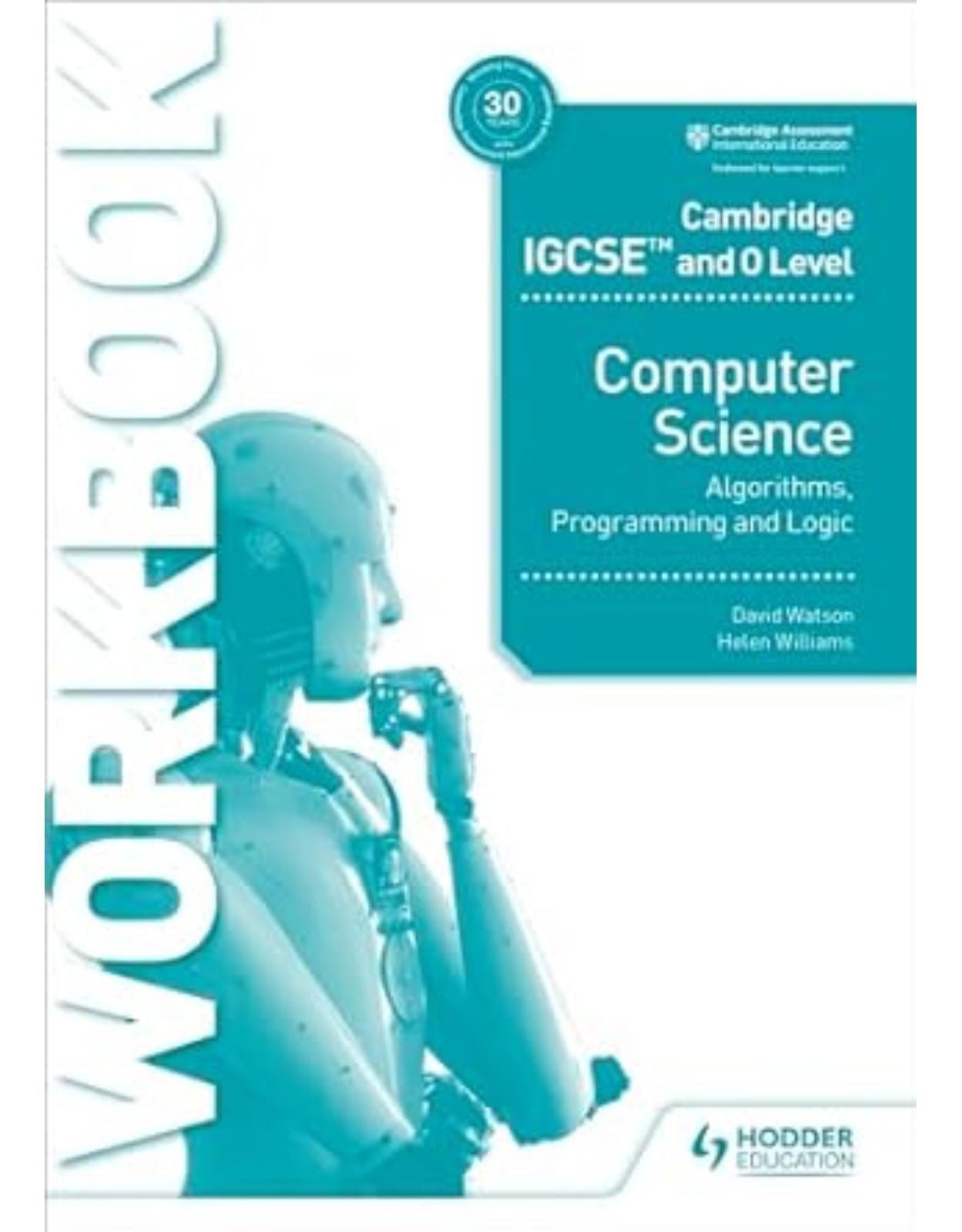
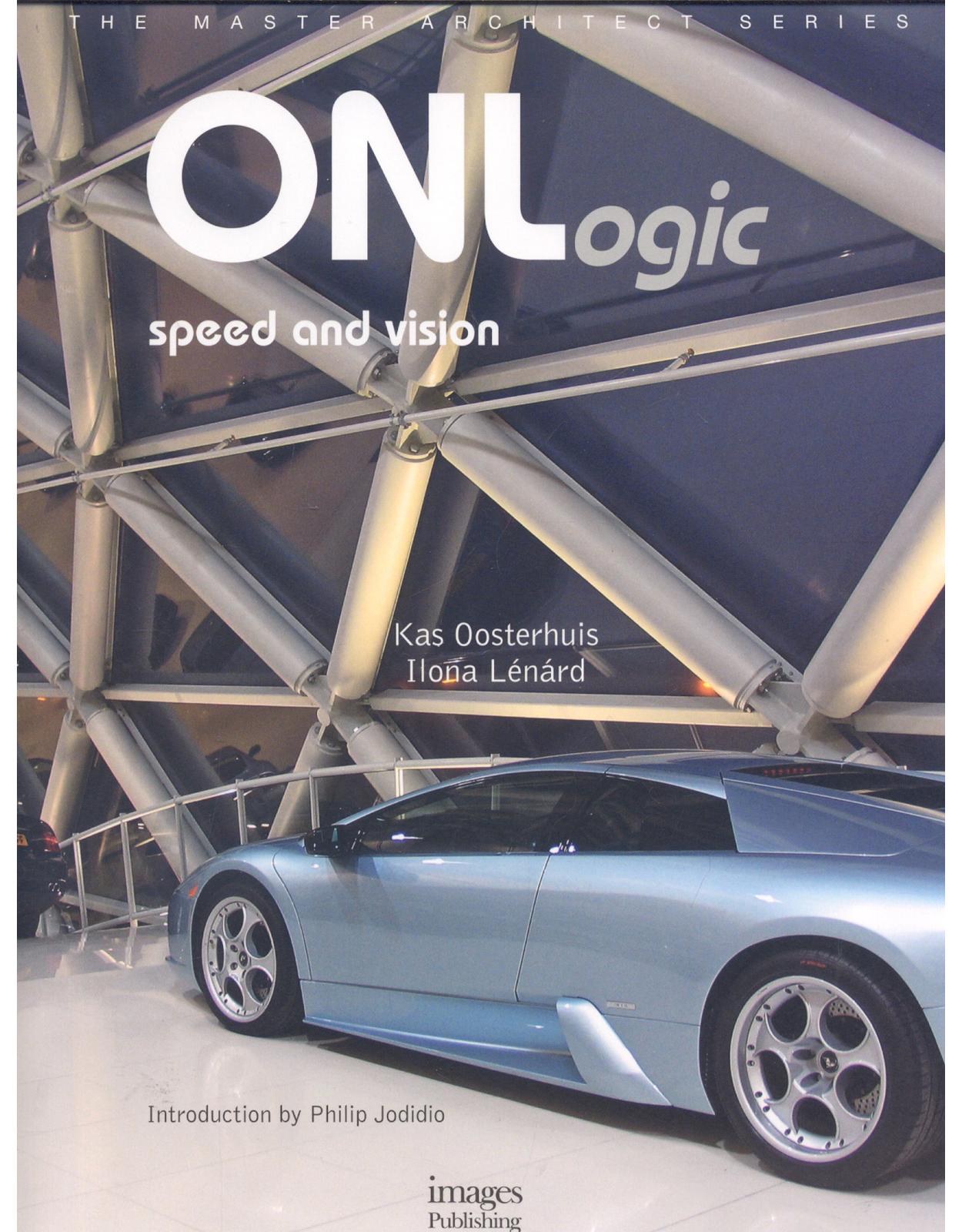
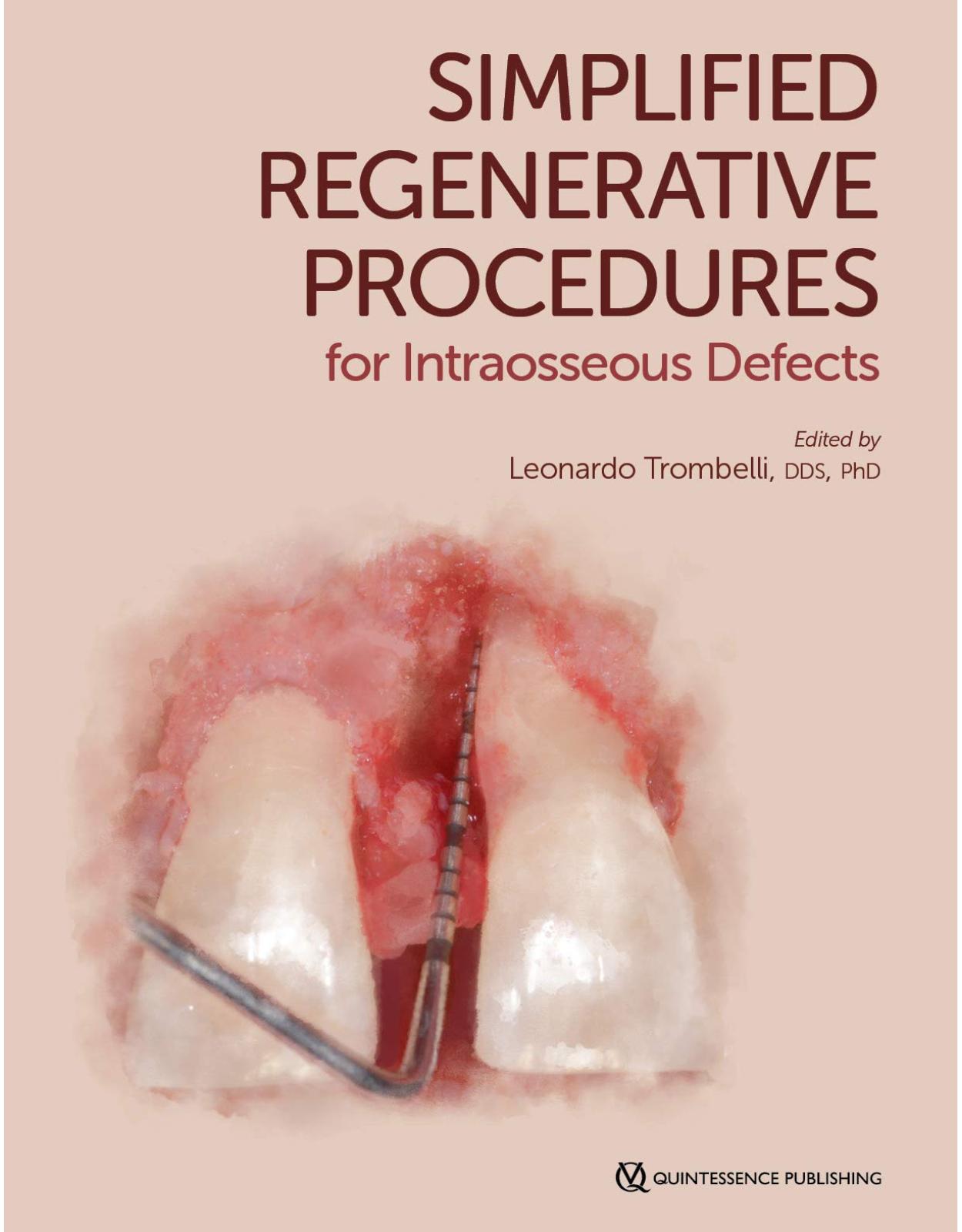

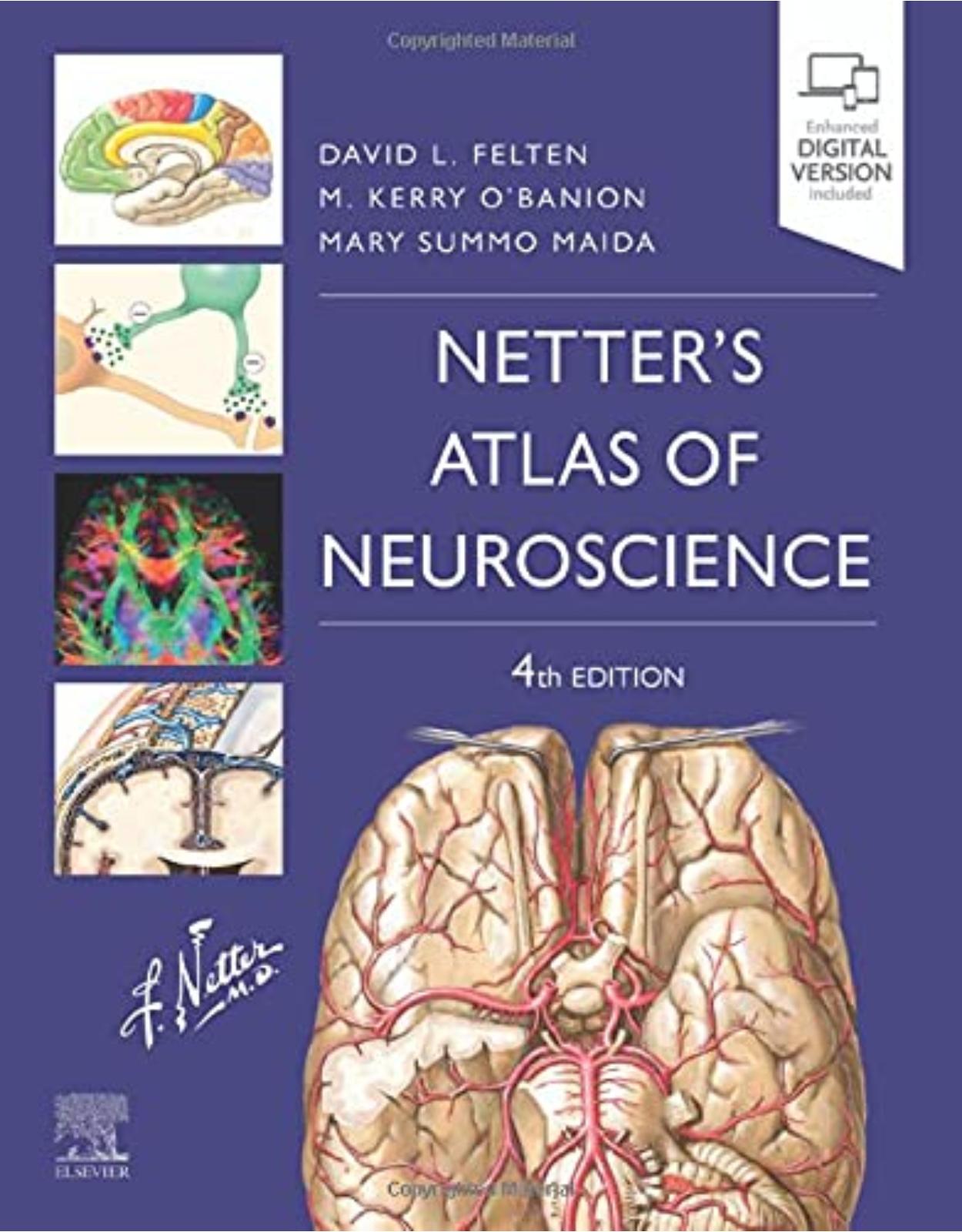


Clientii ebookshop.ro nu au adaugat inca opinii pentru acest produs. Fii primul care adauga o parere, folosind formularul de mai jos.